

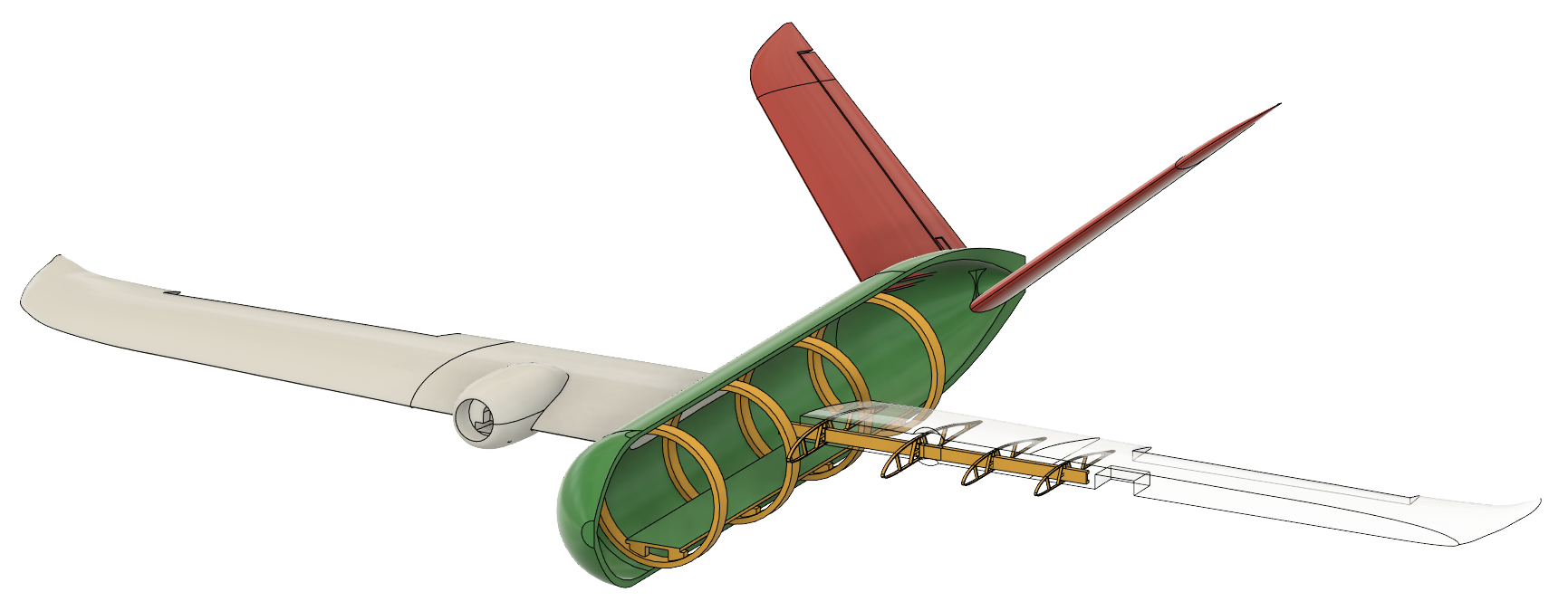
As drones become popular in government and civilian use, users want better abilities out of an equal scale aircraft. Government uses include surveillance, aerial defense, and moving goods. Civilian uses include surveying livestock, preserving crops, and hobbyist enjoyment. Because of increased demands, a need for advances of flying drones arose. Decreasing the weight of a drone while keeping the same performance allows companies to increase performance without scaling the craft. These airplanes can have increased flight time and payload size in the future. A lighter plane lessens the demands of individual parts. A lower weight needs smaller lift force to achieve flight and lower thrust to stay in flight. A decrease of lift and thrust allows businesses room to later increase performance or payload. For our project, we are decreasing the weight of the Believer 1960mm. This is a fixed wing drone that represents a scaled down modern plane, such as the Cirrus Vision Jet G2. Newer drones have their weight changed using standard techniques. A common standard technique is to switch to a lighter material. Because companies use these techniques we are using different methods, such as explorative design. To begin the weight decrease, we use Computer Aided Design programs, such as Fusion 360, to model the Believer and its parts. These can use explorative design to remove material from the body without changing strength. Then, we choose electric parts to match the new body of the aircraft. This entails choosing a lighter battery and motors with suitable performance needs. Body and electric items go through these steps again as changing the weight of a plane needs multiple runs for the best result. These methods allow us to decrease the weight of a commercially available drone.
Future Work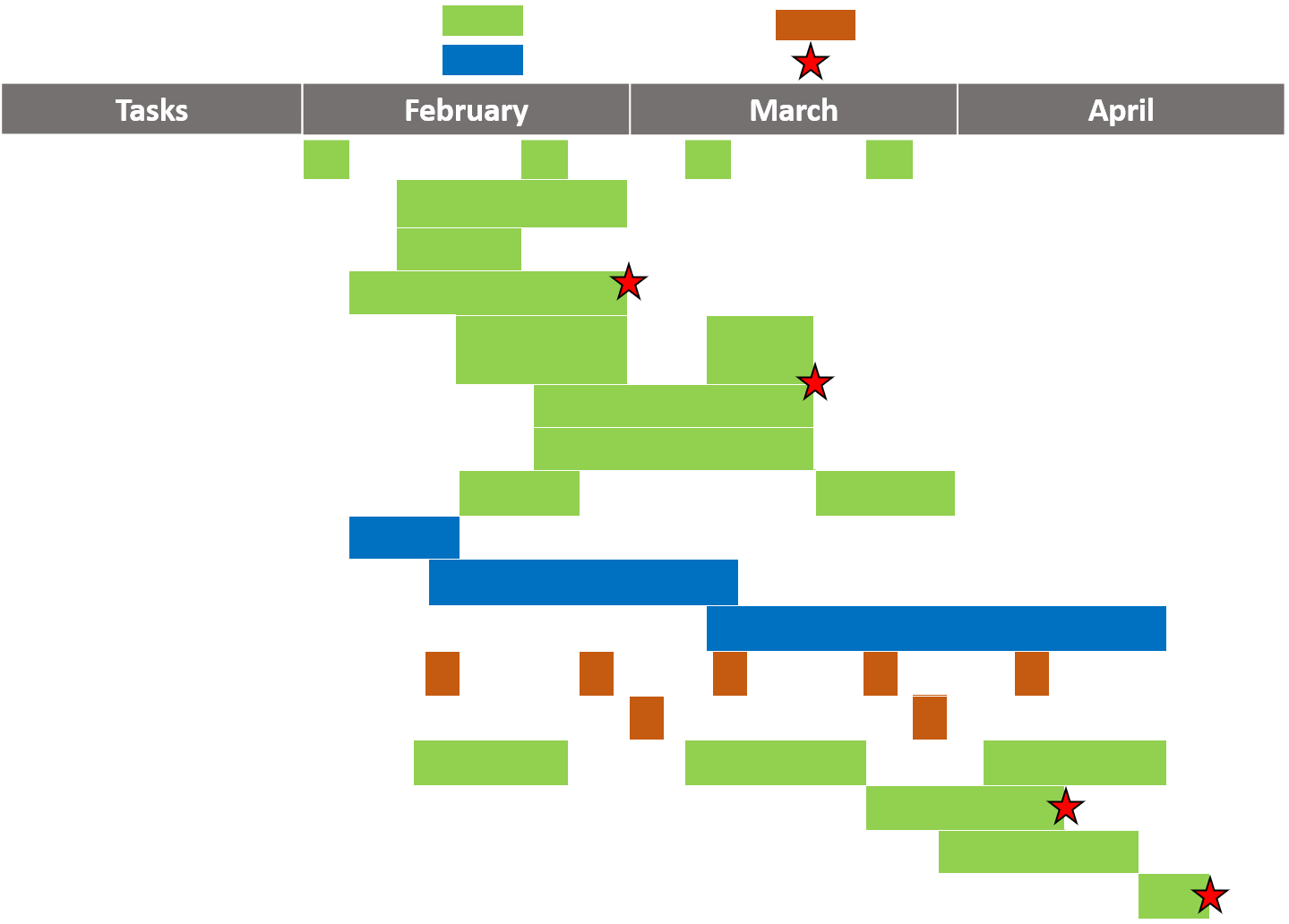

|
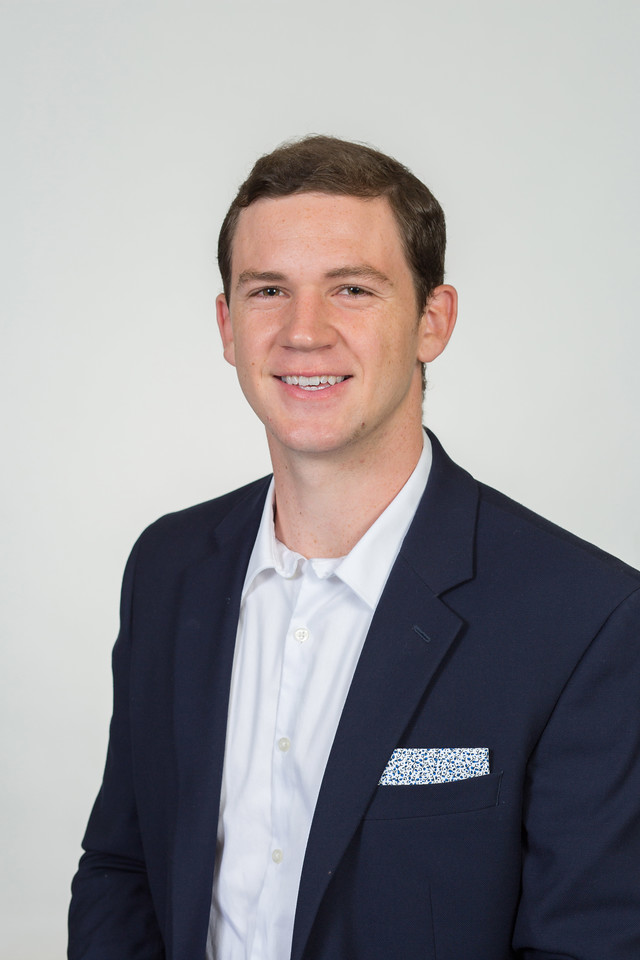
|
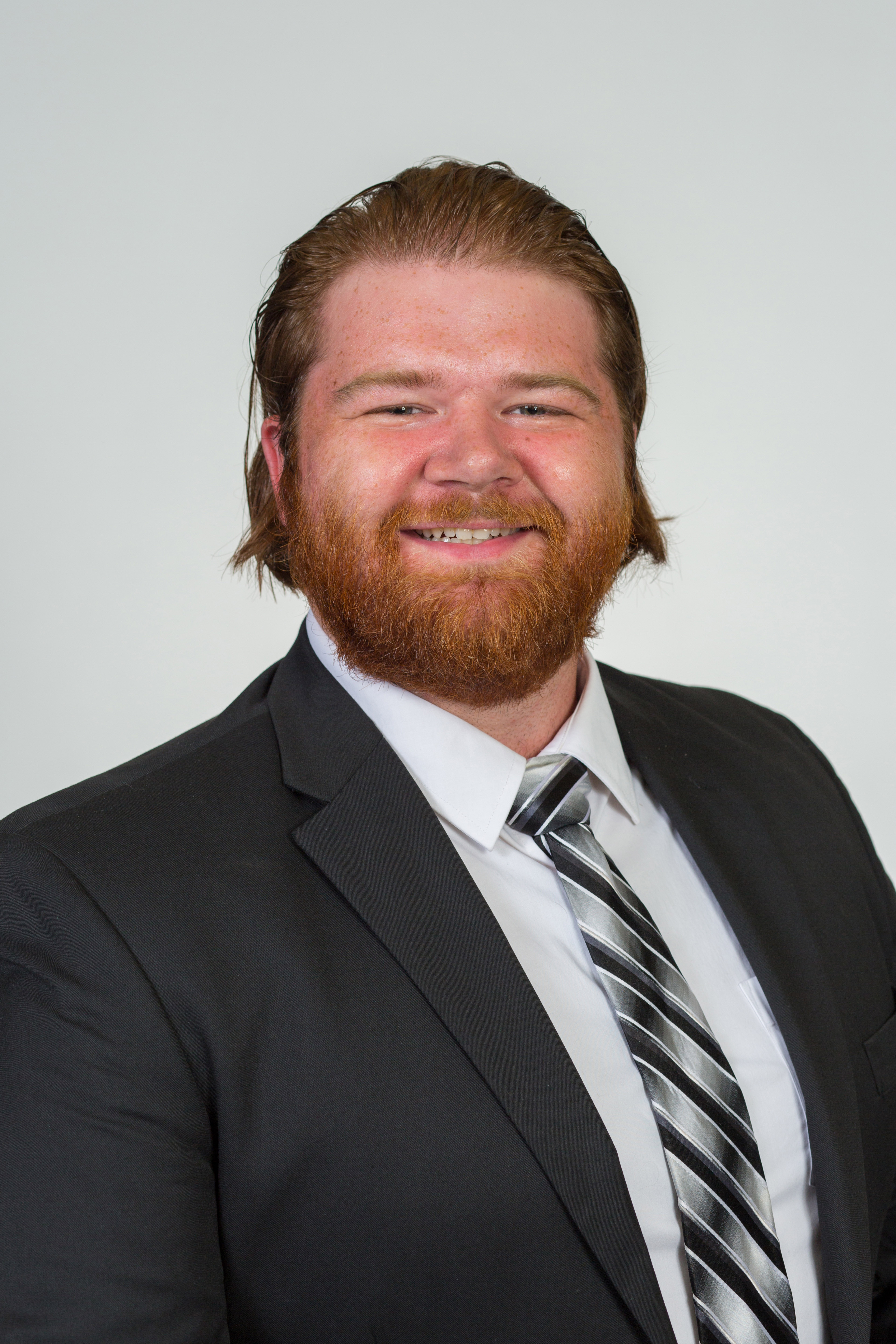
|
|
Taylor Jacobs Flight Dynamics Engineer Mechanical Engineering |
Clayton Cooley Test Engineer Mechanical Engineering |
Brenden Richman CAD/Materials Engineer Mechanical Engineering |
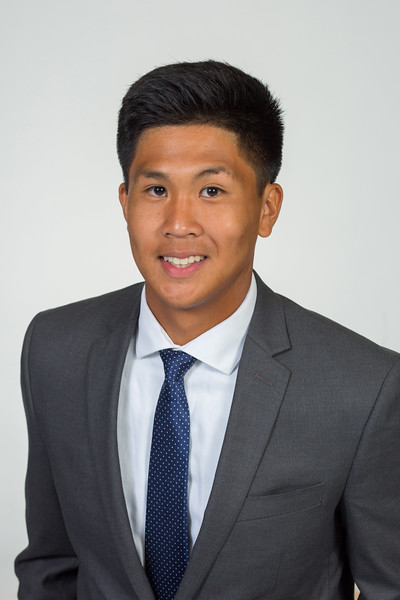
|

|
|
|
Zachary Noay Embedded Systems Engineer Electrical & Computer Engineering |
Brian Thervil Software/Systems Integration Engineer Electrical & Computer Engineering |
| Fall 2019 | Spring 2020 | |
| Design Review 1 | Design Review 4 | |
| Design Review 2 | Design Review 5 | |
| Design Review 3 | Design Review 6 |
| Word Document | PDF File |